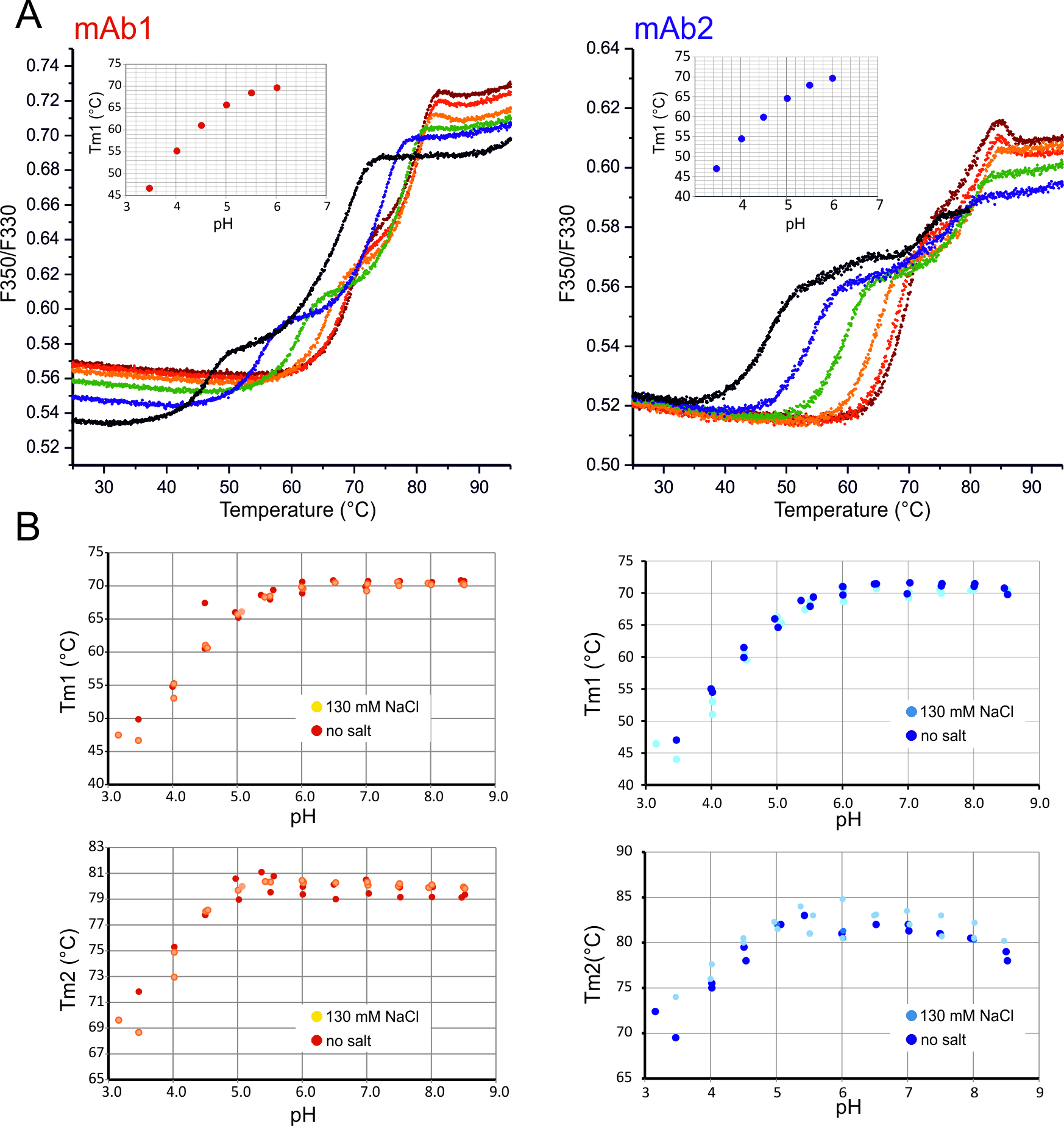|
NanoDSF
NanoDSF is a type of Thermal Shift Assay, differential scanning fluorimetry (DSF) method used to determine conformational Protein folding, protein stability by employing intrinsic Fluorescence spectroscopy#Tryptophan fluorescence, tryptophan or tyrosine fluorescence, as opposed to the use of extrinsic fluorogenic dyes that are typically monitored via a qPCR instrument. A nanoDSF assay is also known as a type of Thermal Shift Assay. Protein folding, Protein stability is typically addressed by thermal or chemical unfolding experiments. In thermal unfolding experiments, a linear temperature ramp is applied to unfold proteins, whereas chemical unfolding experiments use chemical denaturants in increasing concentrations. The thermal stability of a protein is typically described by the 'Melting point, melting temperature' or 'Tm', at which 50% of the protein population is unfolded, corresponding to the midpoint of the transition from folded to unfolded. In contrast to conventional Therm ... [...More Info...] [...Related Items...] OR: [Wikipedia] [Google] [Baidu] |
Thermal Shift Assay
A thermal shift assay (TSA) measures changes in the thermal denaturation temperature and hence stability of a protein under varying conditions such as variations in drug concentration, buffer formulation ( pH or ionic strength), redox potential, or sequence mutation. The most common method for measuring protein thermal shifts is differential scanning fluorimetry (DSF). DSF methodology includes techniques such as nanoDSF, which relies on the intrinsic fluorescence from native tryptophan or tyrosine residues, and Thermofluor, which utilizes extrinsic fluorogenic dyes. The binding of low molecular weight ligands can increase the thermal stability of a protein, as described by Daniel Koshland (1958) and Kaj Ulrik Linderstrøm-Lang and Schellman (1959). Almost half of enzymes require a metal ion co-factor. Thermostable proteins are often more useful than their non-thermostable counterparts, e.g., DNA polymerase in the polymerase chain reaction, so protein engineering often includes a ... [...More Info...] [...Related Items...] OR: [Wikipedia] [Google] [Baidu] |

